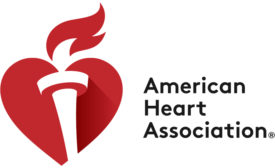Columns
Colorectal cancer burden shifting to younger individuals
Half of new diagnoses are now in people 66 and younger
March 6, 2020
Digital Edition Exclusive
Call it proactive incident prevention
See a hazard, say something
March 2, 2020
Digital Edition Exclusive
The OSHA “willful” mysteries
Often there is no explanation for the charges
March 2, 2020
Denying executive accountability is too common
Throwing safety under the bus
March 2, 2020
The benefits of strategic safety planning
It’s about predictions, not certainties
March 2, 2020
Never miss the latest news and trends driving the safety industry
eNewsletter | Website | eMagazine
JOIN TODAYCopyright ©2024. All Rights Reserved BNP Media.
Design, CMS, Hosting & Web Development :: ePublishing











